Sarah O’Callaghan, born in Ireland in 1877, is one of the leading lights in Mercy educational history in Newfoundland.
In 1903 her brother Daniel wrote the bishop of St. John’s, Michael Francis Howley expressing his desire to enter the priesthood and serve in his diocese. In that letter he spoke glowingly of his sister Sarah, noting thatshe was “an accomplished scholar” who was hoping to join the Presentation Sisters in Newfoundland. Bishop Howley was more interested in Sarah than in Daniel, seeing her as a promising candidate for the furtherance of the educational plans for his diocese.
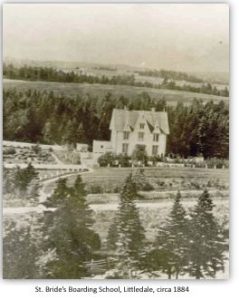 At this time St. Bride’s College, Littledale, established in 1884 by the Sisters of Mercy as a boarding school for young women interested in the teaching profession, was becoming increasingly important in the educational and cultural life of Newfoundland. The need for highly qualified teachers for Littledale was a constant concern for the bishop. Consequently, he was quick to welcome Sarah to the diocese, not for the Presentation Sisters but for the Sisters of Mercy.
At this time St. Bride’s College, Littledale, established in 1884 by the Sisters of Mercy as a boarding school for young women interested in the teaching profession, was becoming increasingly important in the educational and cultural life of Newfoundland. The need for highly qualified teachers for Littledale was a constant concern for the bishop. Consequently, he was quick to welcome Sarah to the diocese, not for the Presentation Sisters but for the Sisters of Mercy.
Sarah arrived in St. John’s in the Fall of 1903, entered the Sisters of Mercy, was received as Sister M. Perpetua and while still a novice was named headmistress of Littledale. Under her wise and competent guidance, Littledale flourished and in 1917 it was raised to the status of a college.
After seventeen years of intense involvement in the life and growth of her beloved Littledale, Sister M. Perpetua was ready for a change. She went to Fordham University in New York, where in 1923 she was awarded the degree of Doctor of Philosophy, the first Sister of Mercy of Newfoundland to receive this distinction. Upon her return to St. John’s she served in a number of positions, including Mistress of Novices. She died at the age of 56 years at St. Bride’s Convent on August 22, 1933, with her brother, Father Dan at her bedside.
Sister Mary Perpetua was a faithful and zealous Sister of Mercy, a woman of extraordinary talent and energy, a great teacher and mentor and a tireless advocate for the cause of education.
Sarah O’Callaghan, nacida en Irlanda en 1877, es una de las figuras más destacadas de la historia educativa de la Misericordia en Terranova.
En 1903, su hermano Daniel escribió al obispo de St. John’s, Michael Francis Howley, expresando su deseo de entrar en el sacerdocio y servir en su diócesis. En esa carta hablaba elogiosamente de su hermana Sarah, señalando que era “una erudita consumada” que esperaba unirse a las Hermanas de la Presentación en Terranova. El obispo Howley estaba más interesado en Sarah que en Daniel, pues la veía como una candidata prometedora para llevar adelante los planes educativos de su diócesis.
Bride’s College, Littledale, fundado en 1884 por las Hermanas de la Misericordia como internado para mujeres jóvenes interesadas en la profesión docente, adquiría cada vez más importancia en la vida educativa y cultural de Terranova. La necesidad de profesoras altamente cualificadas para Littledale era una preocupación constante para el obispo. En consecuencia, se apresuró a acoger a Sarah en la diócesis, no para las Hermanas de la Presentación, sino para las Hermanas de la Misericordia.
Sarah llegó a St. John’s en el otoño de 1903, ingresó en las Hermanas de la Misericordia, fue recibida como Hermana M. Perpetua y, siendo todavía novicia, fue nombrada directora de Littledale. Bajo su sabia y competente dirección, Littledale floreció y en 1917 fue elevado a la categoría de colegio.
Después de diecisiete años de intensa participación en la vida y el crecimiento de su querida Littledale, la Hermana M. Perpetua estaba lista para un cambio.
Fue a la Universidad de Fordham en Nueva York, donde en 1923 obtuvo el título de Doctora en Filosofía, siendo la primera Hermana de la Misericordia de Terranova en recibir esta distinción.A su regreso a St. John’s desempeñó diversos cargos, entre ellos el de maestra de novicias.Murió a la edad de 56 años en el convento de Santa Novia el 22 de agosto de 1933, con su hermano, el padre Dan, a su cabecera.
Sor Mary Perpetua fue una fiel y celosa Hermana de la Misericordia, una mujer de extraordinario talento y energía, una gran maestra y mentora y una incansable defensora de la causa de la educación.
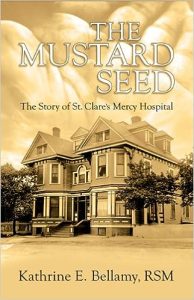 Since 1842, the Sisters of Mercy had been ministering to the sick, poor and needy of St. John’s, thus when this established tradition of care was redirected toward hospital patients it was not difficult for St. Clare’s to live up to the motto “Mercy Above All.” Accordingly, St. Clare’s became home to Newfoundland’s first alcohol and detoxification centre and its first palliative care unit, and absorbed the chronic care of tuberculosis patients following closure of the city’s sanatorium; from 1922 until the obstetrics unit closed 70 years later, 83 000 babies were delivered…”
Since 1842, the Sisters of Mercy had been ministering to the sick, poor and needy of St. John’s, thus when this established tradition of care was redirected toward hospital patients it was not difficult for St. Clare’s to live up to the motto “Mercy Above All.” Accordingly, St. Clare’s became home to Newfoundland’s first alcohol and detoxification centre and its first palliative care unit, and absorbed the chronic care of tuberculosis patients following closure of the city’s sanatorium; from 1922 until the obstetrics unit closed 70 years later, 83 000 babies were delivered…”

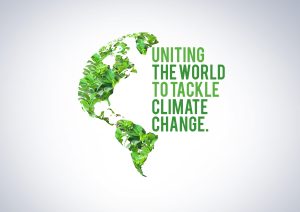 The Pope was expressing his appreciation for the attorneys’ commitment to developing a legal framework aimed at protecting the environment.
The Pope was expressing his appreciation for the attorneys’ commitment to developing a legal framework aimed at protecting the environment.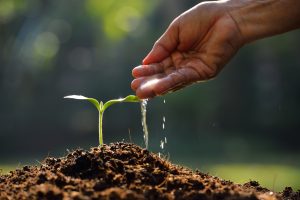 El Papa estaba expresando su aprecio por el compromiso de los abogados para desarrollar un marco jurídico destinado a proteger el medio ambiente.
El Papa estaba expresando su aprecio por el compromiso de los abogados para desarrollar un marco jurídico destinado a proteger el medio ambiente.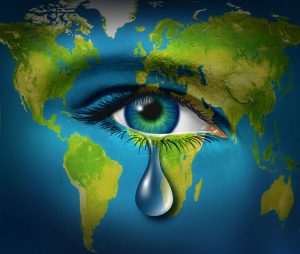
 At this time St. Bride’s College, Littledale, established in 1884 by the Sisters of Mercy as a boarding school for young women interested in the teaching profession, was becoming increasingly important in the educational and cultural life of Newfoundland. The need for highly qualified teachers for Littledale was a constant concern for the bishop. Consequently, he was quick to welcome Sarah to the diocese, not for the Presentation Sisters but for the Sisters of Mercy.
At this time St. Bride’s College, Littledale, established in 1884 by the Sisters of Mercy as a boarding school for young women interested in the teaching profession, was becoming increasingly important in the educational and cultural life of Newfoundland. The need for highly qualified teachers for Littledale was a constant concern for the bishop. Consequently, he was quick to welcome Sarah to the diocese, not for the Presentation Sisters but for the Sisters of Mercy.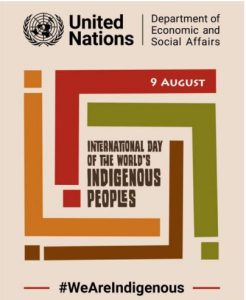 rights. The theme for this year is Indigenous Youth as Agents of Change for Self-Determination.
rights. The theme for this year is Indigenous Youth as Agents of Change for Self-Determination. 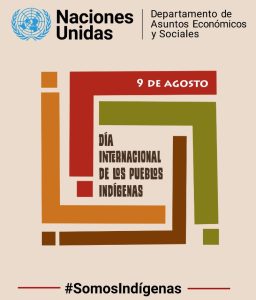 derechos. El tema de este año es La juventud indígena como agente de cambio para la autodeterminación.
derechos. El tema de este año es La juventud indígena como agente de cambio para la autodeterminación.